Producers of forthcoming BBC natural history series Survival (working title) have heralded the use of higher-resolution cameras as integral to the look of the show.
The six-part series for BBC1, which is due to air next year, was shot with a Red Epic at 4K as part of the Natural History Unit’s move beyond HD camera formats.
Speaking at Broadcast’s Production & Post Forum, Natural History Unit creative director Mike Gunton described the previous shift from SD to HD as like “pulling back a net curtain”.
“It’s the same with the move from HD to 4K,” he said.
“It’s hard to describe the aesthetics but there is greater emotional involvement. Survival wouldn’t look the way it does without these tools.”
Cameraman Mateo Willis said the size of the Red camera and its ability to “break down to the size of a DSLR” suited the harsh environment.
It also meant an increased range of production tools could be paired with the device, and allowed the production team to attach the camera to an unmanned aerial vehicle (UAV).
“I’d say we took around 20-30% more kit, but it’s hard to work out if that’s because of the camera or a result of us being more ambitious,” said Willis.
“Looking at the images, it’s clear that we have opened Pandora’s Box and we can’t go back. [With higher resolution cameras] we can shape the narrative in a way we otherwise couldn’t.”
Gunton described how shooting at 4K relieved some of the on-location pressure on cameramen to choose a tight shot or a wide shot by increasing the flexibility in the edit, where an image could be cropped.
The exact increase in cost for the production, which shot 2,000 hours for 6 x 60-minute episodes, will not be known until the postproduction is completed, but taking into account factors such as the need for four times more storage, it is expected to be in the region of 10-15%.







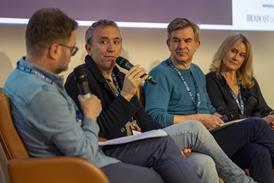
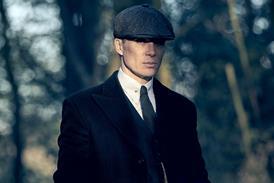



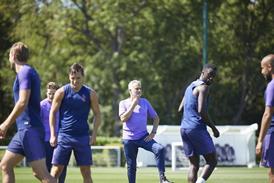

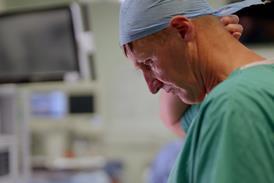

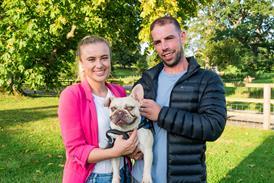












No comments yet